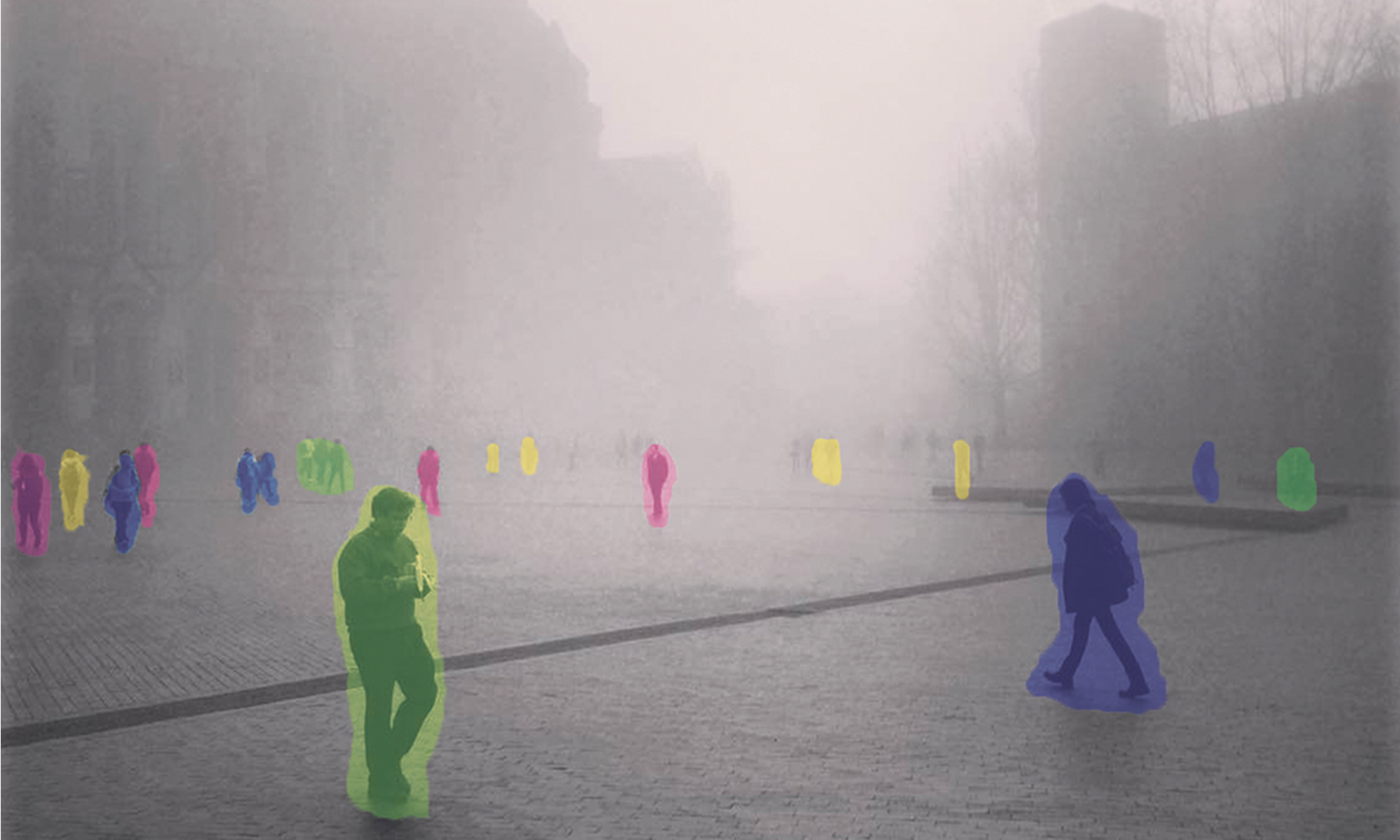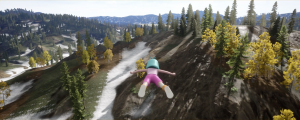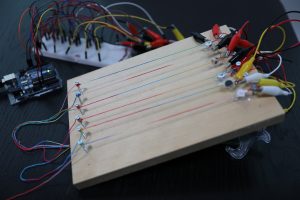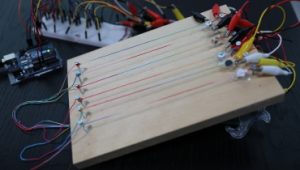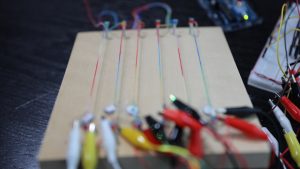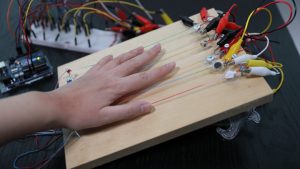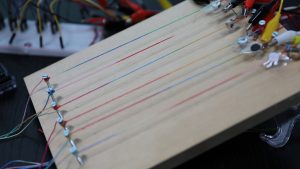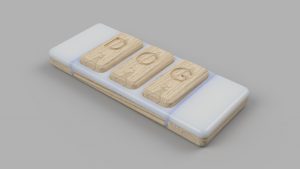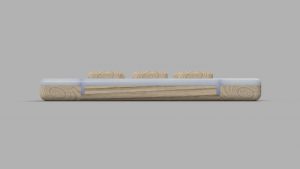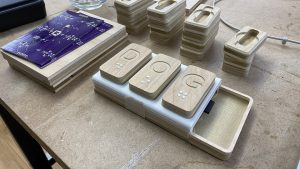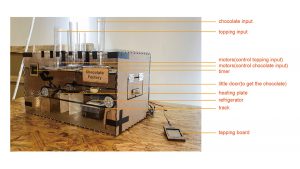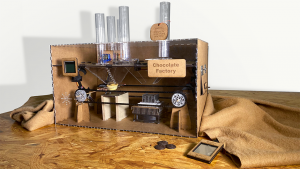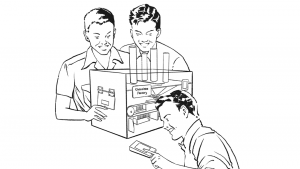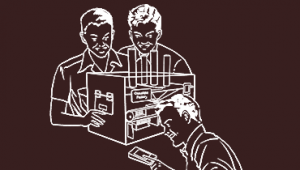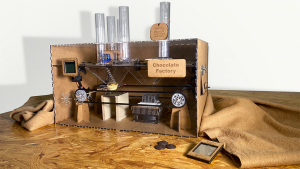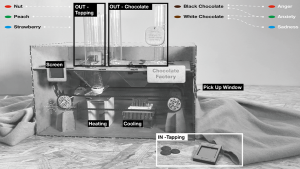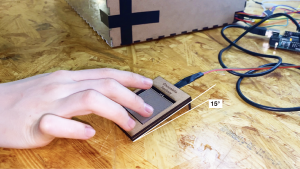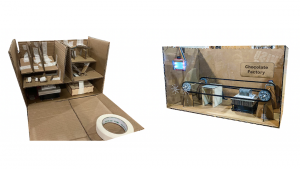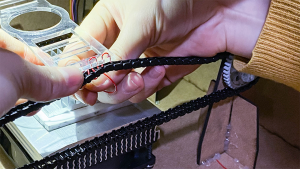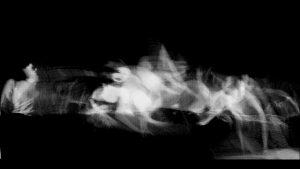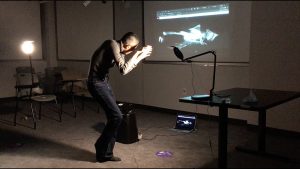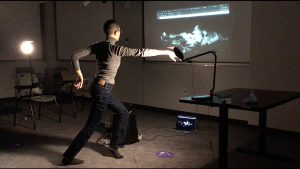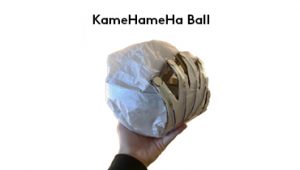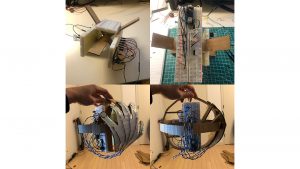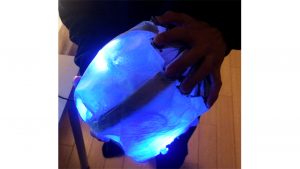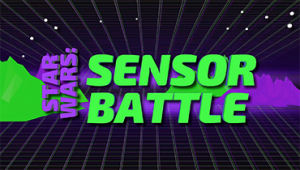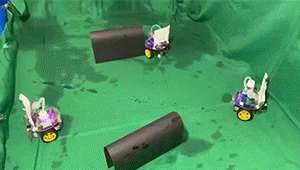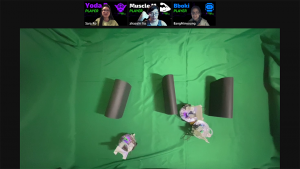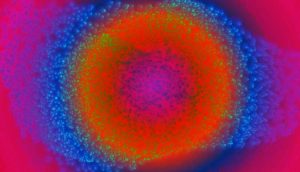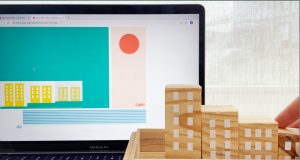Have you ever wanted to be dead and haunt the house of an actual human? Well today's your lucky day!
David Currie, John Bezark
Description
Haunt that House is a many vs one player ghostly arcade game where several ghosts in a digital space compete against one human in a physical space. As the ghosts float around and interact with digital objects, they trigger real world effects like changing the color of a lamp to a ghastly green or making household objects rattle and shake.
The human, meanwhile has a handy dandy ghost detector which they can point at objects to detect the presence of the paranormal and which can be used to ZAP the ghosts and kick them out of the objects. The ghost detector communicates with the haunted household objects which enables for a very reliable “scanning” effect which reveals the presence of the paranormal.
The ghosts have 3 minutes to haunt 2 of the 3 objects in the humans house an the human is just trying to keep all the ghosts at bay! Things still in development for the project are a “fancier ui” for the ghost and a little bit clearer feedback for the ghost hunter, but the underlying communication and interactions are really solid. We are very happy with how reliable the interactions are between the humans and the ghost, now it's just a matter of adding a little bit of polish which we are very confident we can do in the time remaining!
While the game is on the surface quite silly, we were really drawn to the questions like “how can you make a game that is playable across a digital and physical divide?” With so many ITP students in various parts of the globe, we hope that our spooky little experience can bring folks together in a new and interesting way.
